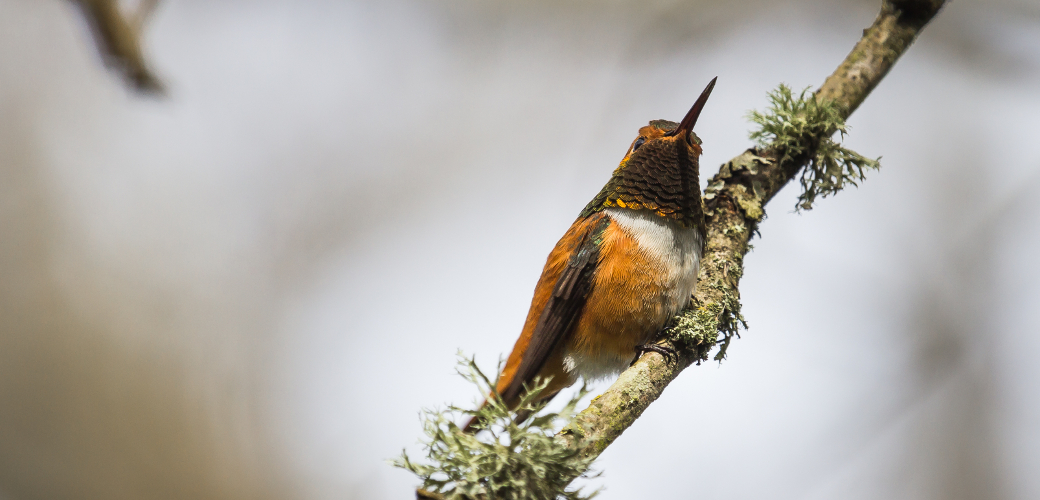Biodiversity and Black Flies
Black flies suck, both literally* and figuratively. So why, on a muggy and still July day in the middle of a bog, was I waiting with bated breath for these dreaded biting insects to settle on my skin? My unfortunate mission was to get a good photo, as well as a specimen, in order to accurately identify the black fly for the Biodiversity of the Central Coast website.
The site, based out of Dr. Brian Starzomski’s lab at the University of Victoria, is an online species identification “guidebook” for British Columbia’s Central Coast, situated in the heart of the Great Bear Rainforest. The goal of this ongoing project, supported by the Hakai Institute and the Tula Foundation, is to showcase the incredible biodiversity in the region in a format that is accessible to students, researchers, and the general public.
The ever-evolving website currently profiles over 550 species and has at least another 100 pending. The species list includes over 200 plants, lichens, and fungi; 148 invertebrates; 80 seaweeds and seagrasses; 68 birds; 37 fish; 20 mammals; 1 amphibian; and 1 reptile.
Select species will soon be highlighted on Twitter and Instagram: a species and photo will be tweeted alongside an interesting or noteworthy fact using #BCCoastSpecies. A handful of these species can be found in the above slideshow.

We have covered the majority of the common, charismatic, and familiar species on the website, and are now working on the more cryptic, challenging, or often overlooked groups. Subtidal species—especially fish—are one current target.
We are also gathering photos and identifications for insects, including that pesky, pervasive black fly. Various factors have contributed to its current absence from the website, not the least of which is its status as a huge nuisance: who would allow a black fly to munch away for long enough to get a photo rather than swatting it on the spot?
Back in the bog, PhD candidate Nancy Shackelford waited patiently as I finally attracted a black fly persistent enough to stay still (on my pant leg, thankfully), and got the pinhead-sized insect in focus. Once properly identified, the irksome black fly will gain its well-earned online presence among the biodiversity of BC’s Central Coast. In the meantime, keep an eye out for @HakaiInstitute’s “BC Coastal Species” series, coming soon to your social media feed.
*Actually, not all species of black flies suck human blood; some bite other animals, while others don’t consume blood at all. Of the ones that do suck human blood, only females have this irritating trait as all males—and occasionally some females—have weak mouthparts incapable of cutting skin. See ‘Family SIMULIIDAE’ on the E-Fauna overview of BC’s Diptera (true flies).
Photos and species identifications were generously provided by a number of people, including Hakai scholars, researchers, students, and staff. Please see the Acknowledgements page for a full list of contributors. We are always looking for new species, better photos, and ideas for the website: if you would like to contribute photos or expertise, please contact Kelly Fretwell at centralcoastbio[at]gmail.com.

